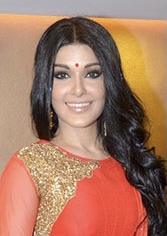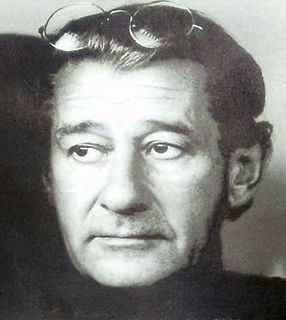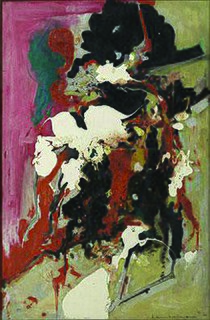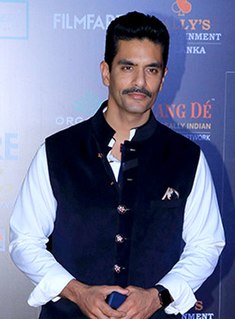A Quote by John Dykstra
I was involved in the color correction and the digital color correction. In an odd way, you end up making a film many times-the DVD, the archival record of a high-definition master, and so on.
Related Quotes
'It’s, like, one of them drug dealer boats,' Vic says, looking through his magic sight. 'Five guys on it. Headed our way.' He fires another round. 'Correction. Four guys on it.' Boom. 'Correction, they’re not headed our way anymore.' Boom. A fireball erupts from the ocean two hundred feet away. 'Correction. No boat.'
For many years, I have been moved by the blue at the far edge of what can be seen, that color of horizons, of remote mountain ranges, of anything far away. The color of that distance is the color of an emotion, the color of solitude and of desire, the color of there seen from here, the color of where you are not. And the color of where you can never go.
As far as digital technology has come, there's still one thing that digital cameras won't do: give you perfect color every time. In fact, if they gave us perfect color 50% of the time, that would be incredible, but unfortunately every digital camera (and every scanner that captures traditional photos) sneaks in some kind of color cast in your image. Generally, it's a red cast, but depending on the camera, it could be blue. Either way, you can be pretty sure-there's a cast.
That's another great thing about Think Like a Man picture. The cast is predominantly African-American, but color is never really an issue in the film. It's rarely brought up since, at the end of the day, these guys are going through universal relationship issues that anybody can relate to. So, while the characters like "The non-committer," "The Player," and "The Dreamer" might be recognizable as common stereotypes, color isn't involved.
You cannot do everything you want with the 3D camera, it's too big, and the digital quality of those cameras is a little bit limiting. With film, you have a lot more subtly, like with highlights and color. In terms of sharpness they (both formats) are very close; but in terms of nuance, of color and contrast, film is far superior.
As the books of Job, Jeremiah, and Habakkuk clearly show, God has a high threshold of tolerance for what appropriate to say in a prayer. God can "handle" my unsuppressed rage. I may well find that my vindictive feelings need God's correction - but only by taking those feelings to God will I have the opportunity for correction and healing.
The impressionistic method leads into a complete splitting and dissolution of all areas involved in the composition, and color is used to create an overall effect of light. The color is, through such a shading down from the highest light in the deepest shadows, sacrified an degraded to a (black-and-white) function. This leads to the destructions of the color as color.
The difficulty with color is to go beyond the fact that it's color ? to have it be not just a colorful picture but really be a picture about something. It's difficult. So often color gets caught up in color, and it becomes merly decorative. Some photographers use it brilliantly to make visual statements combining color and content; otherwise it is empty.




































